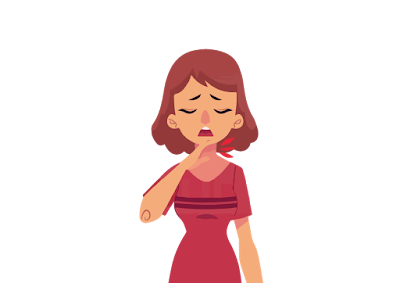Swelling (kshavathu) And Ayurveda
- Swelling can be seen in any part of body.
- According to ayurveda it is divided as-
- Innate
- Non-innate type Or Localised and generalized Or Accoring to doshas domineance like-Vataj,pittaj and kaphaj
Causes –For Innate Swelling
- Regular intake of alkaline,sour,irritant,hot and heavy food by those emaciated and debilitated due to evacuation,diseases and undernutrition
- Excessive use of curd
- Uncooked food,antagonistic,defective and poisonous food
- Lack of movements
- Want of evacuation
- Injury to vital parts
- Difficult labour
- Faulty management of evacuative measures.
Causes for Non-Innate swelling
- Injury with wooden object,stone,or sharp instrument
- History of fall or accident
- Fire injury
- Poison
Pathogenesis-
When vayu reaching the external channels affects kapha,rakta and pitta becomes obstructed by them in the way then while spreading it causes swelling with the character of protuberance.
Doshas seated in chest cause swelling in upper parts,when in vayu’s own place(pakwashaya) they cause swelling in lower parts when in the middle they cause the same in mid parts,when generalized they cause swelling all over the body and when located in some organ they cause localized swelling there itself known by respective organs.
Symptoms-
- Heaviness,instability,
- Protuberance
- Heat
- Thin veins
- Horripilation
- Change in colour of body
Types-
Vataj kshavathu-in this type the swelling is unstable,thin skinned,reddish or black associated with numbness,horripilation or pain,subsides without any reason,is restored after pressure and is aggravated during day
Pittaj Kshathu-The swelling caused by pitta is soft,odourous,black,yellow or red associated with giddiness,fever sweating,thirst and narcosis,has burning sensation,tenderness,redness of eyes,inflammation and suppuration
Kaphaj kshavathu-the swelling cause by kapha is heavy,stable,pale associated with anorexia,produces salivation,oversleep,vomiting and poor digestion,is difficult in origin and end,is not restored after pressure andis aggrevated in night.
Treatment-
- Triphala guugul
- Kanchanar guugul
- Punarnavasav
- Punarnava mandur
- Sunthi churna
- Gandiradyrishta
- Triphaladyarishta
- Kshar gulika
- Kansa haritaki
- Chitraka ghruta
Panchkarma-
- Raktamokshana
- Virechana
- Dhanyamal dhara
- Taildhara





